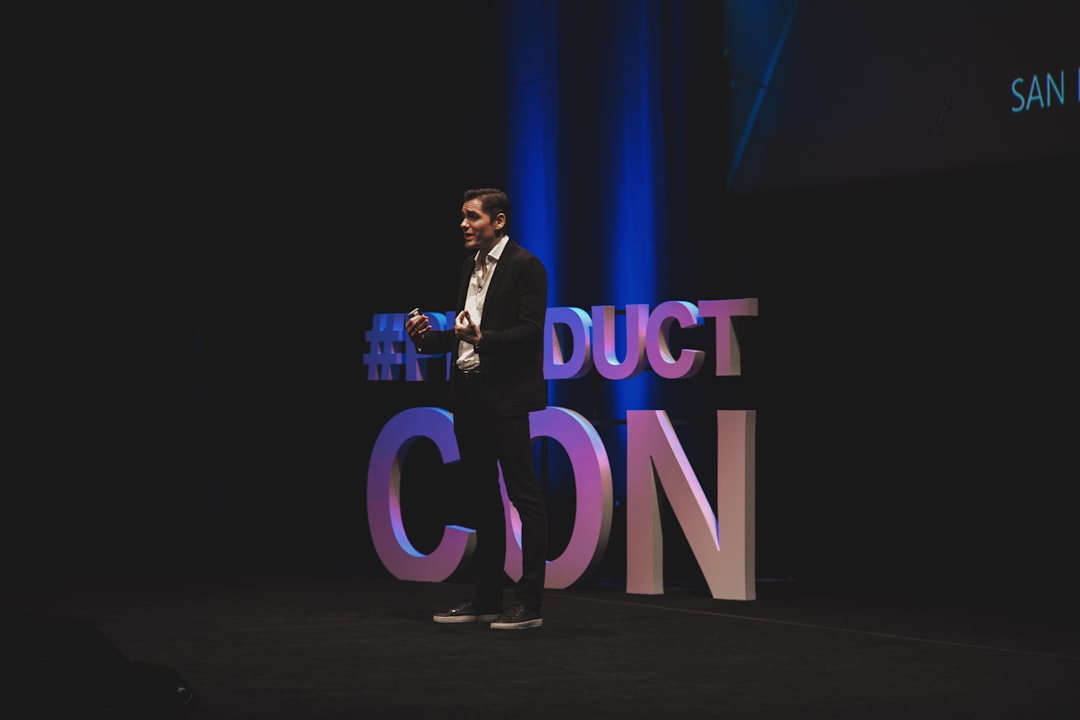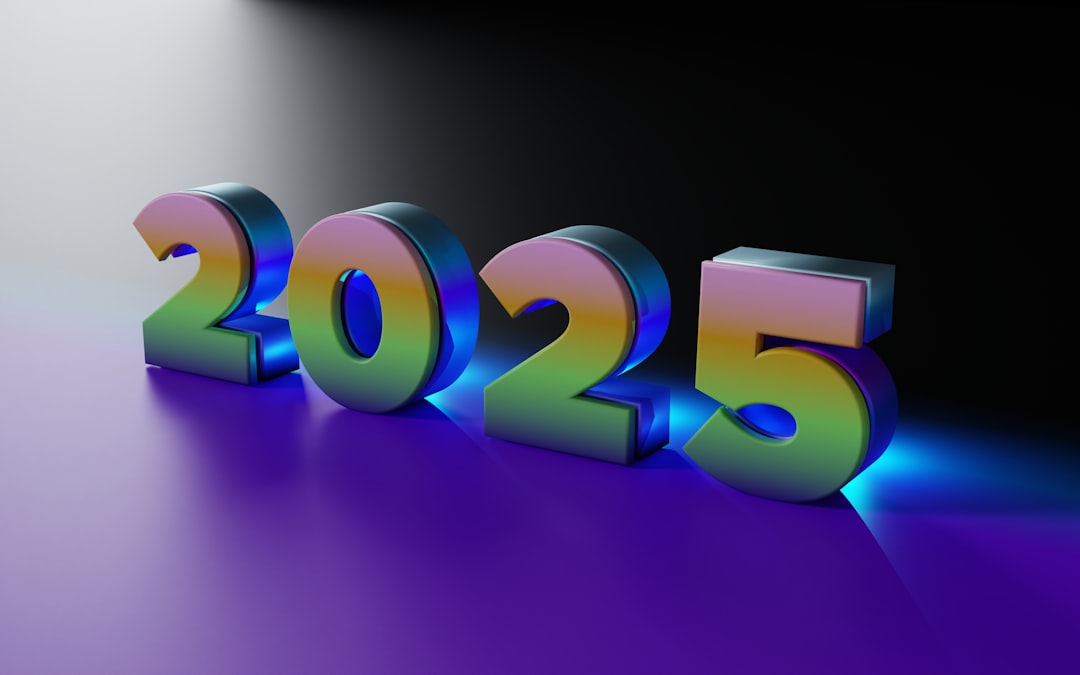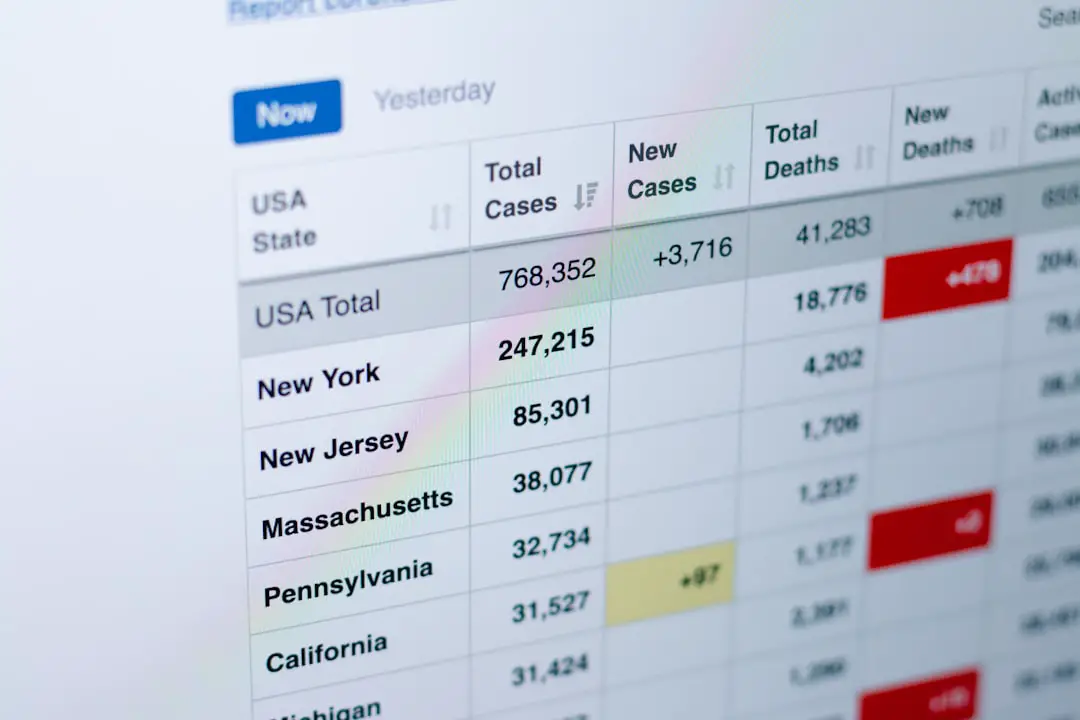In an age where experiences drive value, successful events hinge not just on attendance, but on *engagement*. From conferences and trade shows to music festivals and corporate meetings, how attendees interact during an event defines their satisfaction, retention, and likelihood to return. This is where modern event management platforms have become a game changer. These platforms are redefining the attendee experience by leveraging real-time analytics, and studies have shown that they can increase engagement by over 55%.
The Digital Transformation of Events
Historically, event planning relied heavily on manual coordination and post-event surveys to measure success. However, with the rise of digital tools and cloud-based solutions, event professionals can now plan, execute, and analyze events in real time. Event management platforms such as Cvent, Eventbrite, Bizzabo, and Hopin are streamlining operations while simultaneously transforming attendee experiences through the use of data analytics.
The addition of real-time analytics has moved the event world from reactionary to proactive. Rather than waiting for feedback forms after the event, organizers can now see how attendees are engaging moment by moment and make adjustments on the fly.
What Is Real-Time Analytics in Event Management?
Real-time analytics refers to the immediate processing of data as it becomes available. In the context of event management, it includes:
- Live session attendance tracking
- Heatmaps of attendee movement
- Engagement scores during keynote presentations
- Social media sentiment monitoring
- Polls and Q&A interactions
- Push notifications click-through rates
By analyzing these data points in real time, organizers can make quick decisions to enhance attendee experiences or resolve bottlenecks instantly.
How Real-Time Analytics Drives 55% More Engagement
The increase of 55% in attendee engagement doesn’t happen by accident. Here’s how event management platforms make it possible:
1. Session Personalization
Through constant data collection, platforms can identify which sessions are popular and what content is resonating. In virtual or hybrid events, this means that suggestions can be tailored for each user in real time, based on their interests, past behavior, or current engagements.
When attendees feel like the event is tailored to them, their participation naturally spikes. A Bizzabo case study found that attendees were 63% more likely to return the next day when served session recommendations based on real-time behavior.

2. Gamification and Interactive Features
Event platforms use real-time data to fuel gamification efforts. Attendees earn points for attending sessions, visiting sponsor booths, or participating in polls. Because the data is updated in real time, leaderboards are constantly refreshed, keeping the competition alive and encouraging continual interaction.
Interactive features such as live polling, trivia, and Q&A sessions are monitored, and insights are displayed instantly, allowing speakers and moderators to adapt their content based on participant reactions.
3. Targeted Push Notifications
Real-time analytics allow for intelligent, segmented communication. Organizers can push reminders or announcements only to those who have not yet attended a keynote, or offer discounts to those who have visited certain booths but not completed purchases or actions. This precision encourages relevant engagement instead of spamming every attendee with the same message.
4. Optimizing Event Flow Through Traffic Monitoring
In physical venues, sensors and RFID can map attendee movement and engagement hotspots. On digital platforms, engagement can be tracked by session dwell time, chat activity, or clicks. This information helps in reorganizing resources mid-event if needed — such as opening more access points, enhancing booth support, or redirecting attendee flow to underutilized sessions.

5. Social Media & Sentiment Analysis
Social listening tools integrated within platforms provide insight into how attendees feel. Are they excited about a keynote speaker? Disappointed in the registration process? Real-time alerts allow organizers to take control of the narrative while the event is still happening and ensure damage control if necessary.
The Business Advantages of Higher Engagement
So what does a 55% uptick in engagement really mean for event stakeholders?
- Greater ROI: Higher engagement translates into increased leads, longer session attendance, and more meaningful networking — key metrics for sponsors and organizers alike.
- Improved Feedback: Real-time interaction produces a higher rate of spontaneous feedback, which is often more authentic and actionable than post-event surveys.
- Better Conversion Rates: Engaged attendees are more likely to convert — whether it’s signing up for future events, making purchases, or subscribing to platforms.
According to a 2023 report by EventMB, events that utilized real-time analytics saw a 2.5x higher satisfaction rating compared to those that didn’t, underlining the tangible benefits of integration.
Long-Term Benefits for Attendees and Organizers
The use of real-time analytics extends beyond the event’s duration. Attendee profiles, behavior maps, and engagement histories can be stored securely and anonymously to inform future event strategies. This data allows for long-term personalization, repeated satisfaction, and continual growth in loyalty.
From the attendee’s perspective, the event experience feels more fluid, relevant, and valuable. Instead of passively sitting in sessions, they’re empowered with tools and feedback loops that recognize their choices and reward interaction.

Challenges and Considerations
While the benefits are impressive, it’s important to acknowledge the challenges of implementing real-time analytics in events. These might include:
- Data Privacy Concerns: Transparency and consent are crucial. Organizers must ensure GDPR compliance and explain how attendee data will be used.
- Tech Complexity: Small teams may find the learning curve steep. However, modern platforms are increasingly focusing on making interfaces intuitive and support-rich.
- Connectivity Requirements: For large venues or remote areas, maintaining real-time sync can be a logistical hurdle.
However, with proper planning and the right tools, these obstacles can be minimized or avoided altogether.
Conclusion: Embracing the Future of Engagement
Event management is evolving rapidly, and real-time analytics is no longer a bonus feature — it’s a critical necessity. The ability to gather and act on attendee data as it happens transforms a static event into a living, breathing experience tailored to every individual involved.
Platforms powered with real-time analytics are enhancing how we measure success and how experiences are curated. As we look ahead, the question for organizers is no longer “Should we use analytics?” but “How far can we go with it?”
With demonstrable results such as a 55% increase in engagement, real-time analytics has become the compass guiding event professionals toward more meaningful, effective, and memorable events.
